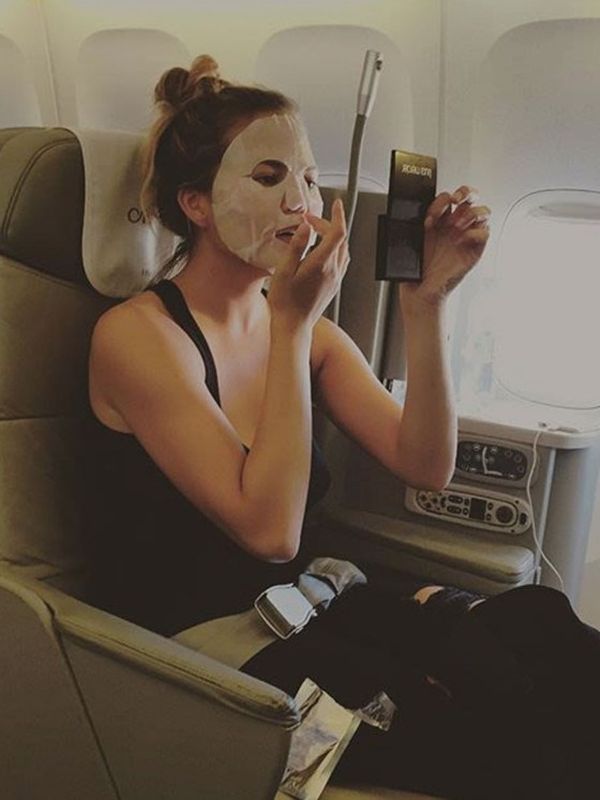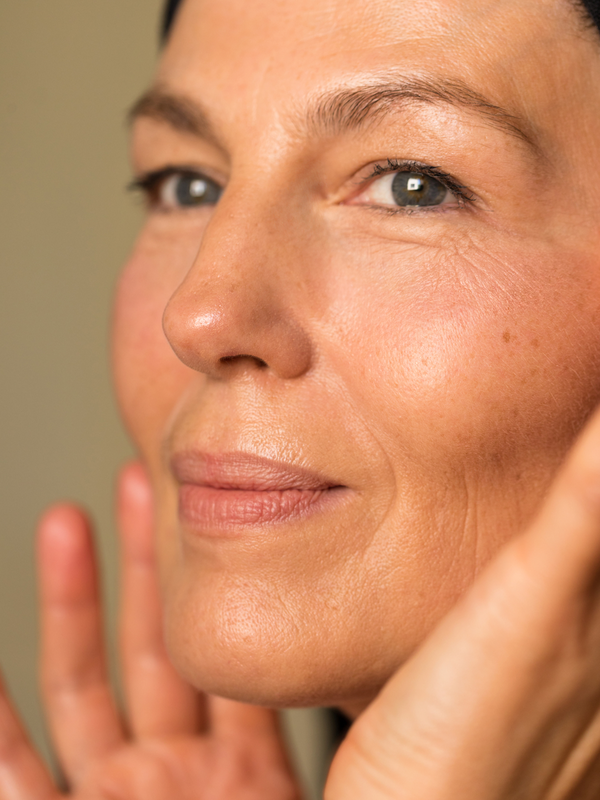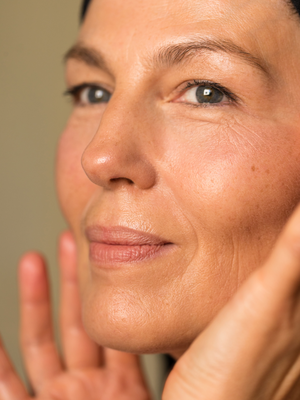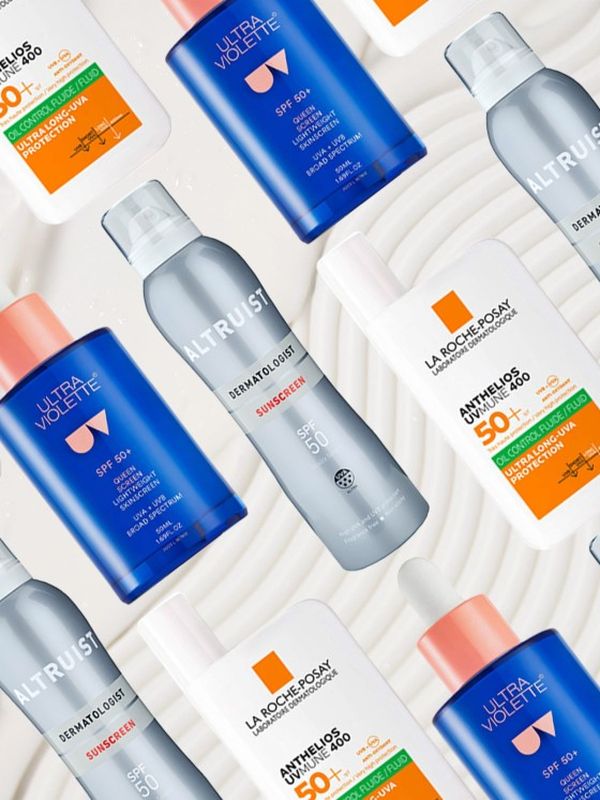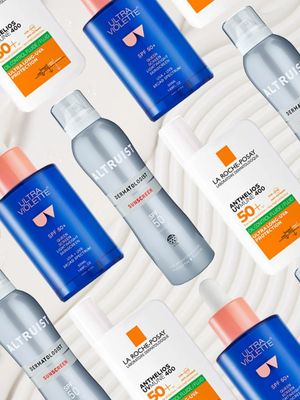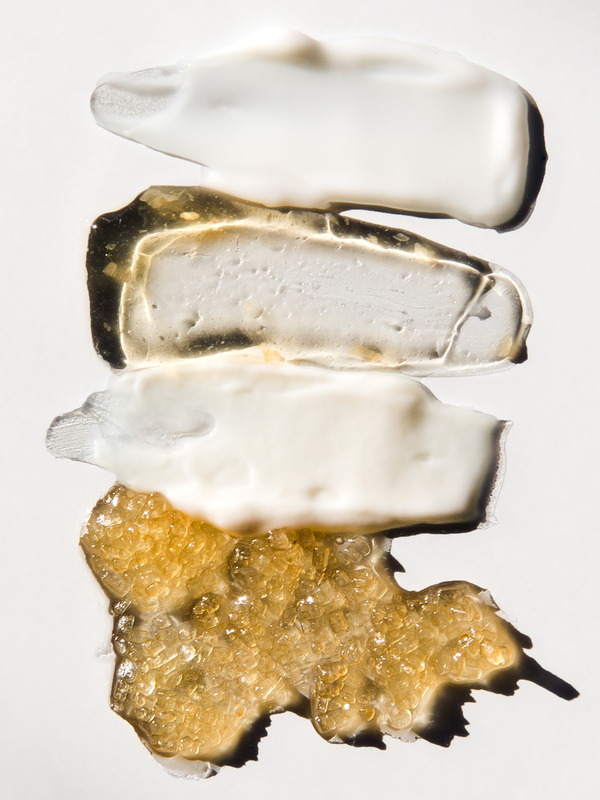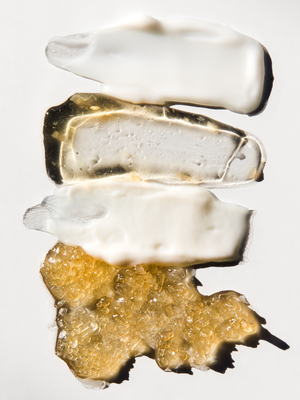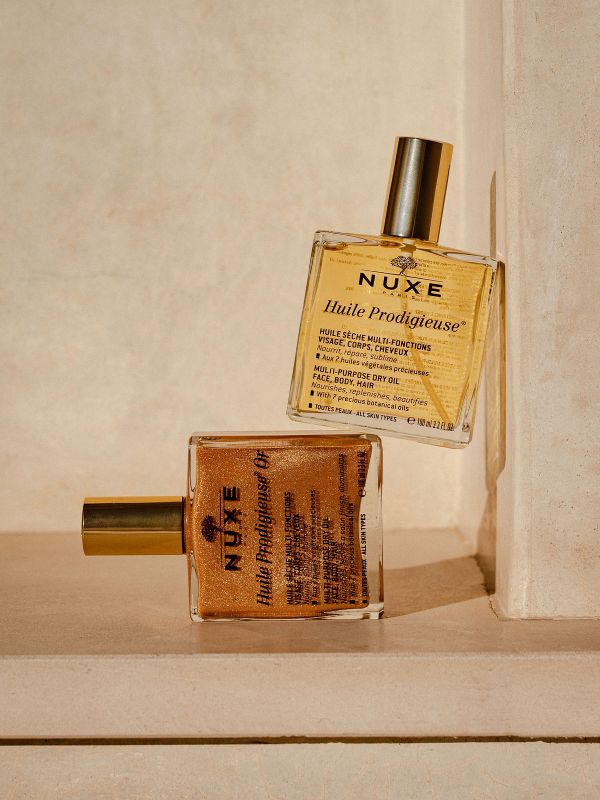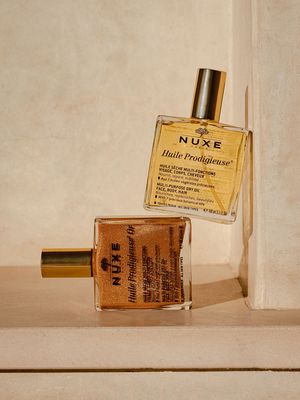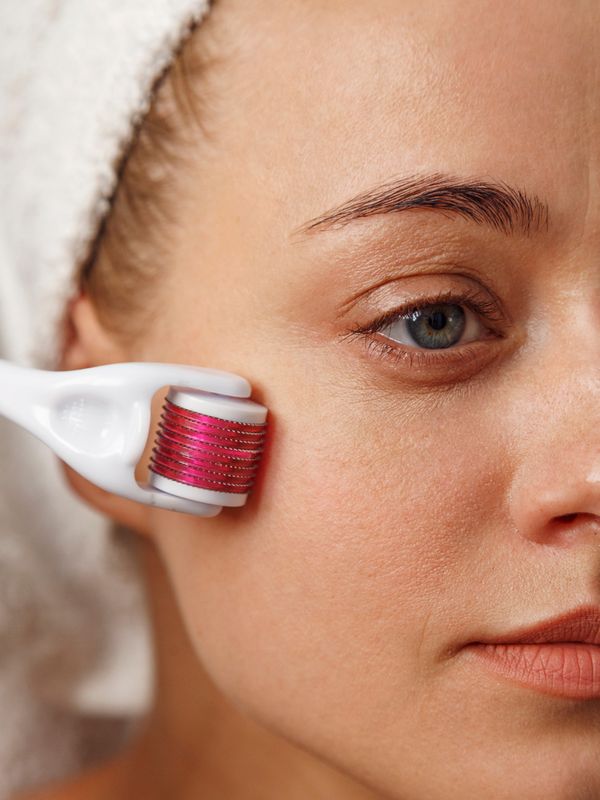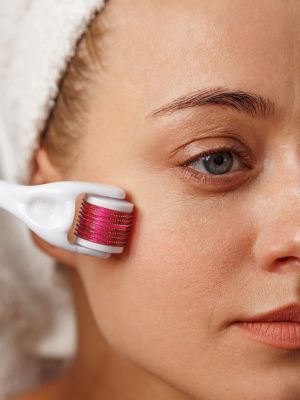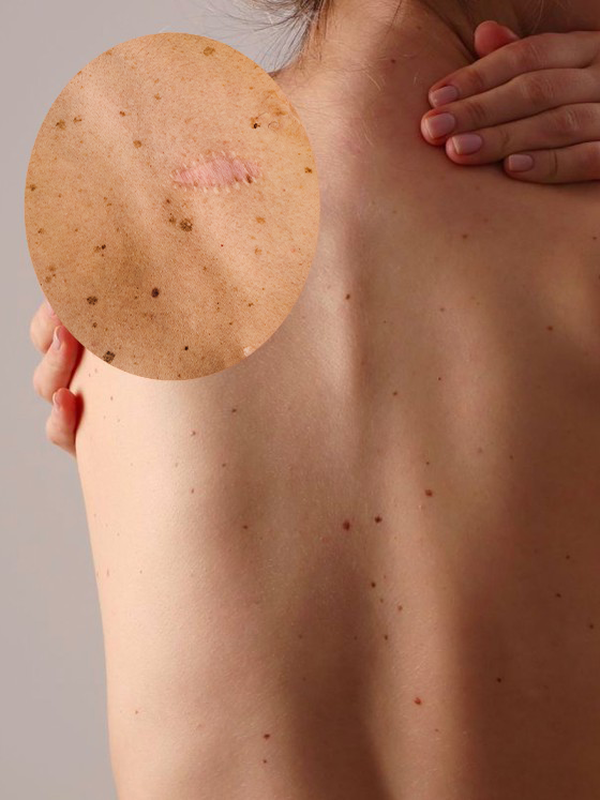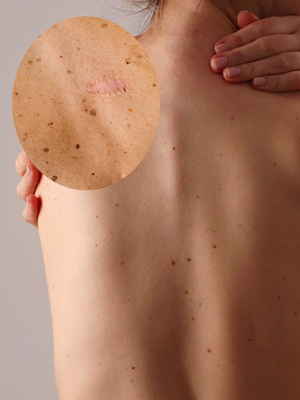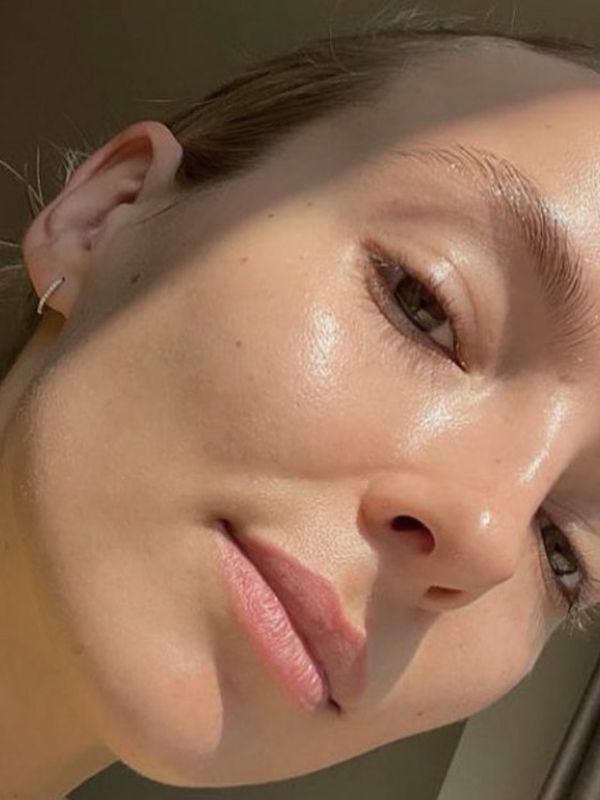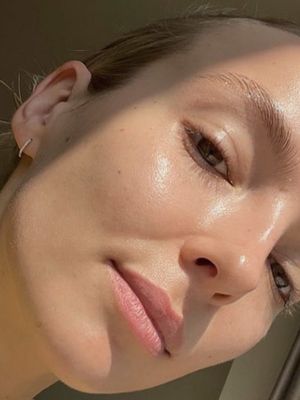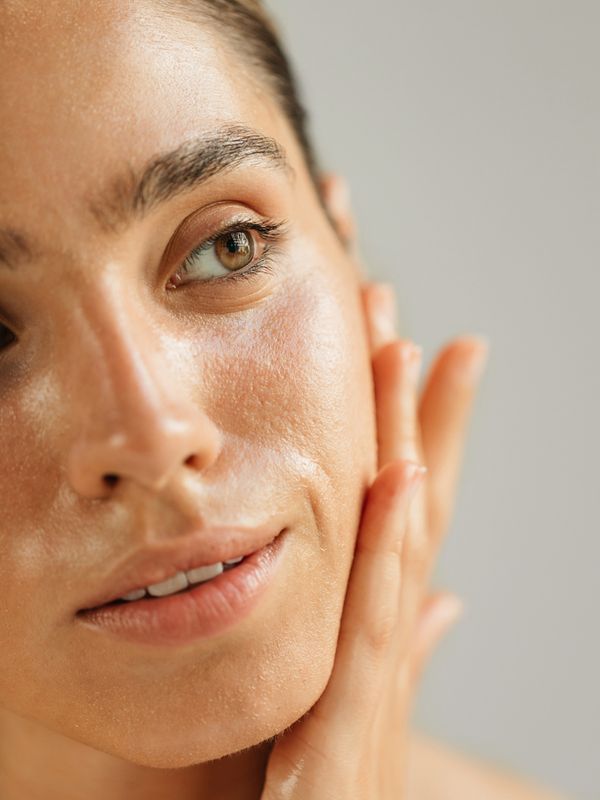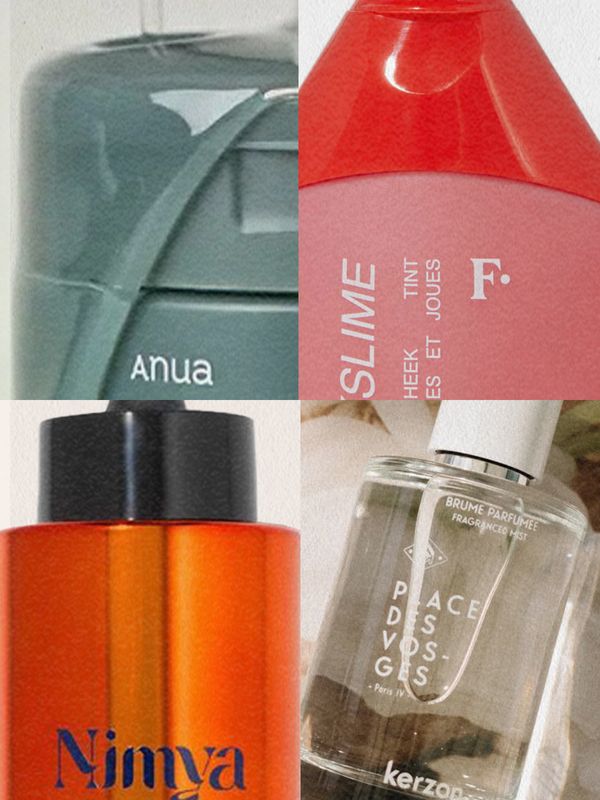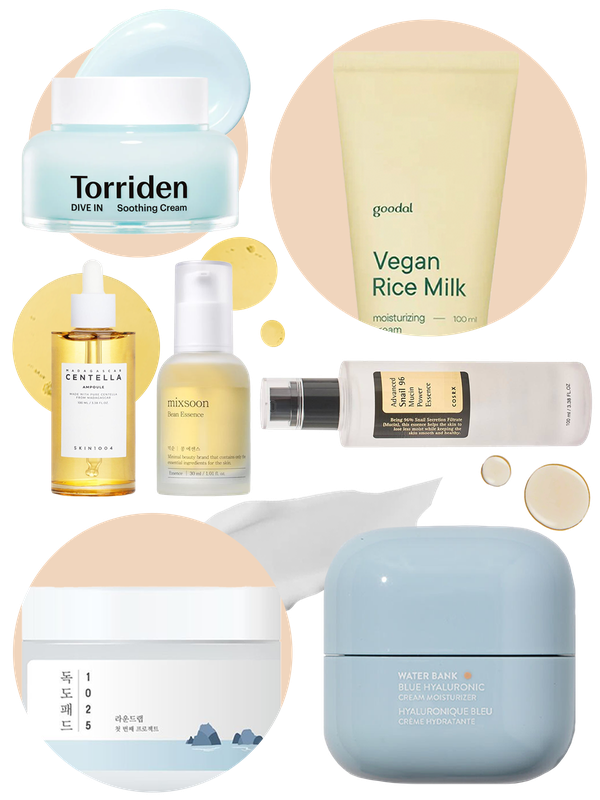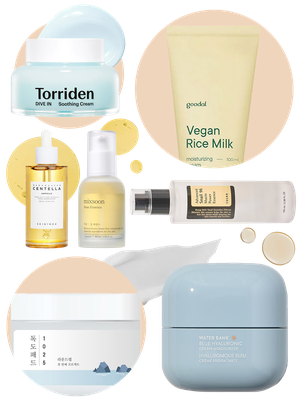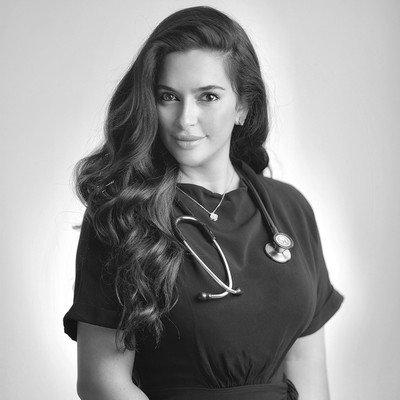
My Interesting Job: Cosmetic Doctor
I describe myself as a cosmetic doctor with a twist. My career is the result of my three core passions: acute care, aesthetic medicine and academia. The last nine years have been spent working as a doctor in A&E and urgent care. I am exposed to everything – from strokes to facial palsies, sepsis to kidney stones. It’s a crazy, chaotic environment where you just have to deal with it. I’ve also been on the frontline throughout the entire pandemic – it’s been amazing to be a cog in such an incredible wheel. I’ll forever endeavour to be a part of our wonderful NHS.
My work in general practice came to a natural end. I remember sitting in a GP practice in 2012, having worked over 60 hours that week. It was late, I was nowhere near finished and already late for dinner with friends. I still had home visits to do and was already exhausted – needless to say, I didn’t make it to my evening date. I recall driving home tearful and upset. All the excitement was gone; the following Monday I resigned and have never looked back.
During my years in A&E, I’ve dealt with significant amounts of dermatology. The skin and its diseases make up 30% of a general practitioner’s work. I quickly realised it was an area of medicine I wanted to develop, so I took on a postgraduate diploma in dermatology. This enabled me to better understand the skin, its ageing processes, its physiology and how to manage this vast bodily organ.
The training was extensive. I went to Harvard to do electives in emergency medicine and plastic, reconstructive surgery, as well as at Imperial College in London. The training process is long, but so essential if you’re to maintain a high standard. I completed my training in botulinum toxin and dermal fillers, too, before going on to lecture in all things aesthetics at the Royal College of General Practitioners.
Educating my clients is key. My practice is a boutique medicine clinic in London, Marylebone. I knew I wanted it to have a patient-centric approach – it’s so important to educate patients on how to optimise their skin health, establishing daily routine, their lifestyle and general well-being.
The most important thing is that results are untraceable. I don’t want my patients to look like they’ve had work done. Instead, they should feel they have a fresher look, or one that requires people to ask if they’ve been away. My goal is always to deliver results that are not ‘done’ but just ‘enhanced’.
Giving back is a huge part of my job. People come to me with their insecurities and concerns, and I really do take pride in addressing these. It could be something as simple as a frown line, or something as complex as a liquid facelift. My clients aren’t coming for a treatment, they are coming for a new-found confidence.
I am forever grateful to my clients. I see a lot of high-profile clients who have been vocal about their treatments and I am so fortunate they place their trust in me. I also love to see how varied my clientele are – you could have a mum of two one day, and a Covid medic whose face has been hidden behind her PPE for 10-months the next.
There are two treatments which remain incredibly popular. First, UnderEye Reviv, which targets hollows and shadows in the tear trough – your under-eye area. A combination of hyaluronic acid, antioxidants and amino acids are used to repair skin quality and texture. It’s so sought after that I often have a six-week waiting list for this procedure. Second, WholeFace is often in demand. Essentially, it’s a liquid face lift, where dermal fillers with a combination of needle and cannula techniques are used for a gentler approach. It offers a totally refreshed, glowing, rested look that’s impressive – my patients always say they look like a younger version of themselves.
Both Profhilo and liquid nose lifts are on the rise, too. These are treatments that continue to garner interest, mainly because they’re so subtle. The former is a great intermittent option for those wanting to boost their skin, but who aren’t yet ready for fillers. It works by using hyaluronic acid to boost the skin’s volume and elasticity. As for the latter, while you should proceed with caution, it’s a brilliant option if you want to perfect a bump on the bridge of your nose, or you want to turn up the tip in a low-key way.
Lip fillers are something which often require correction. Bumps, filler imperfections and an overfilled pout are something I’m seeing a lot among new clients who come to me for help. I often dissolve filler work and start from fresh – it’s much better that way. If the filler has moved beyond the border of your lip it needs to be corrected. Likewise, I see a lot of people who want their tear troughs (under eye filler) corrected, as sometimes this can go lumpy and have a sausage shape effect when it’s done incorrectly.
A cautious approach is essential. I often refuse treatments I feel are unnecessary or if a patient’s expectations aren’t realistic. If a patient is even remotely hesitant, a period of reflection is essential. I’m also cautious about treating anyone under the age of 20 – people in this age bracket need to consider the risks and long-term implications first.
Botox has a multitude of benefits. I don’t mean just for an aesthetically-pleasing appearance, either. It can help with chronic pain, migraines and even teeth grinding, which often triggers a huge effect on the patient’s quality of life. Plus, it is preventative in terms of slowing down the ageing process. The key, however, is to not have it done more than two to three times per year – any more than this can cause shrinkage in the facial muscles.
Finally, always remember expertise is key. I am very vocal about how unregulated the industry is in the UK. Dermal fillers and injectables should only ever be carried out by qualified doctors, dentists and nurse prescribers. To put it in perspective, I recently treated a patient who suffered septic shock from her fillers, which had been injected by a beautician who had no idea how to recognise or treat the signs of infection. Do your research and never settle for anything less than the very best.
Follow @Doctor.Bibi for more advice, before and afters, and more information.
DISCLAIMER: We endeavour to always credit the correct original source of every image we use. If you think a credit may be incorrect, please contact us at info@sheerluxe.com.
